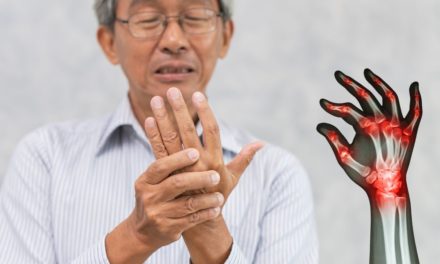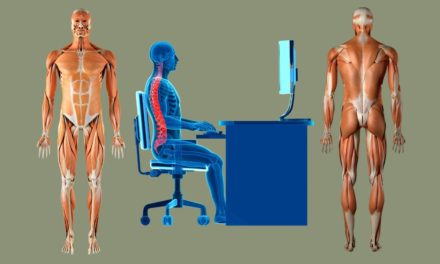Introduction
Back pain is one of the most common and challenging health problems experienced by people of all ages worldwide. It can vary in severity and duration, significantly affecting an individual’s quality of life. In this comprehensive article, we will discuss the various causes of back pain, its symptoms, and available treatments to help you gain a better understanding of the condition and find effective ways to manage and reduce back pain. will review a range of options.
Causes of back pain
Back pain can be caused by a variety of factors, and identifying the exact cause is crucial for proper treatment. Common causes of back pain include:
- Muscle strain: Overexertion, improper lifting, or sudden movements can strain the muscles and ligaments in the back, causing pain.
- Herniated disc: When the soft cushion-like discs between vertebrae rupture or rupture, they can irritate nearby nerves, causing pain.
- Degenerative disc disease: The natural aging process can cause the discs in the spine to break down, resulting in pain and loss of flexibility.
- Spinal stenosis: Narrowing of the spinal canal can put pressure on nerves, causing back pain and leg pain.
- Arthritis: Osteoarthritis and other inflammatory conditions can affect the joints of the spine, causing back pain.
- Sciatica: Compression or irritation of the sciatic nerve can cause pain that radiates down the leg.
Back pain symptoms
Back pain symptoms can vary depending on the underlying cause, but common symptoms include:
- Dull or aching pain: Persistent pain in the back, which may worsen with movement or prolonged inactivity.
- Muscle spasm: An involuntary contraction of the back muscles, causing sudden and severe pain.
- Limited range of motion: difficulty bending, turning, or standing upright due to pain and stiffness.
- Diffuse pain: pain that spreads from the back to the hips, buttocks, or legs, especially in cases of sciatica or nerve compression.
- Numbness or Tingling: A pins and needles sensation in the back or legs may indicate nerve involvement.
Methods of treatment
Effective treatment for back pain depends on the cause and severity of the condition. Some common methods include:
- Pain medications: Over-the-counter pain relievers such as acetaminophen or non-steroidal anti-inflammatory drugs (NSAIDs) can help control mild to moderate pain.
- Physical therapy: Specific exercises and stretches can strengthen back muscles, improve flexibility and promote proper posture.
- Heat and cold treatment: Applying heat or ice packs to the affected area reduces pain and reduces inflammation.
- Chiropractic care: Manual adjustments by a chiropractor can help realign the spine and reduce back pain.
- Epidural injection: For severe pain or inflammation, corticosteroid injections into the epidural space may provide relief.
- Surgery: In rare cases where conservative treatments fail, surgery may be recommended to address underlying problems such as herniated discs or spinal stenosis.
Precautions
Back pain can be prevented by adopting healthy lifestyle habits, including:
- Regular exercise: Engaging in low-impact exercise such as walking, swimming or yoga can strengthen back muscles and improve flexibility.
- Proper lifting technique: Using proper body mechanics when lifting heavy objects can prevent muscle strain.
- Ergonomic workstation: Ensuring an ergonomic setup at work can reduce the risk of developing back pain from prolonged sitting.
- Weight management: Maintaining a healthy weight reduces stress on the spine and back muscles.
Result
Back pain is a common condition that can significantly affect daily life if left untreated. Understanding the causes, symptoms, and available treatment options empowers individuals to take control of their back health and seek appropriate care when needed. By taking precautions and intervening early, individuals can effectively manage and reduce back pain, allowing them to enjoy a pain-free and active lifestyle. Always consult a healthcare professional for personalized advice and treatment tailored to your specific condition.










